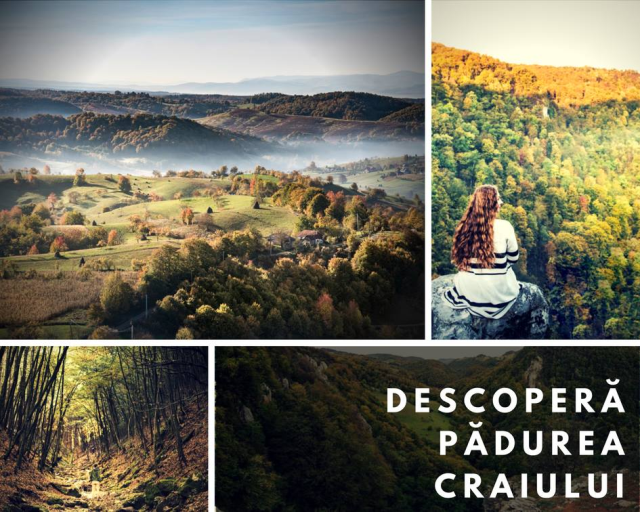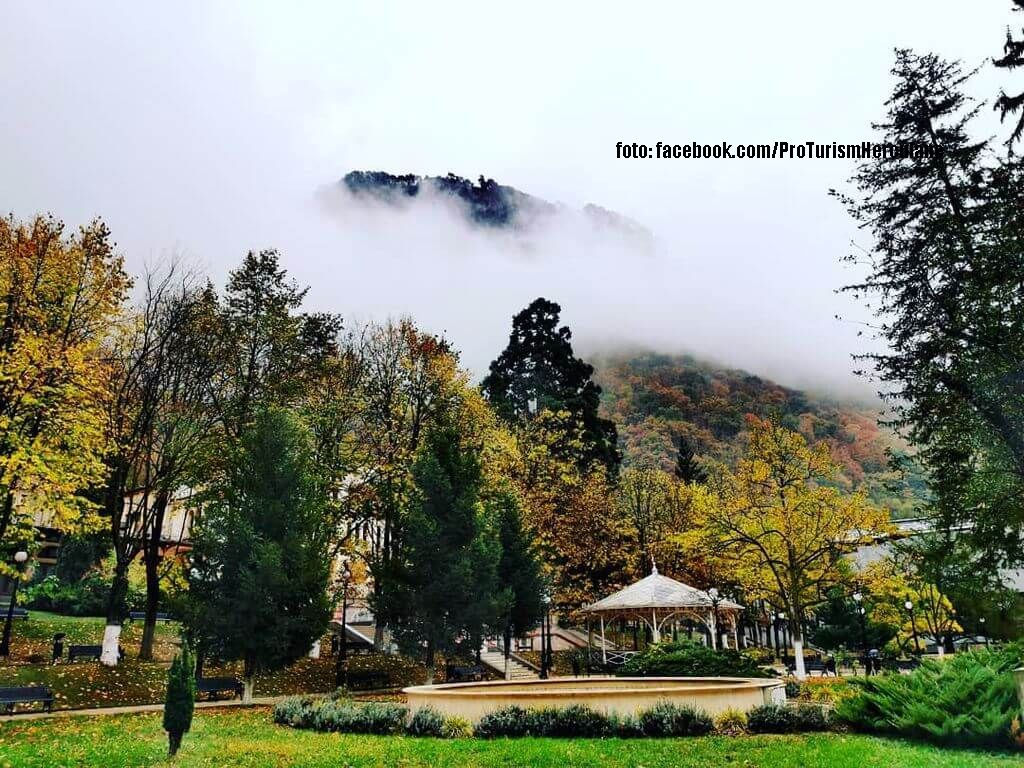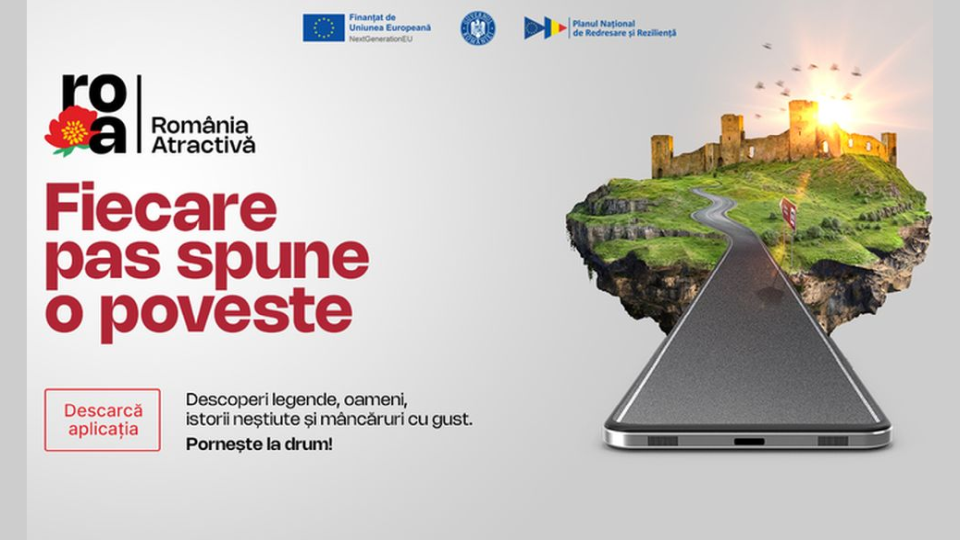Apuseni Mountains
The Apuseni mountains are not remarkable by their height, but by their entertainment and tourism potential

Daniel Onea, 20.02.2020, 14:30
The Apuseni mountains lie in Transylvania, in the west of Romania. They are not remarkable by their height, with the highest peak reaching no more than 1849 meters, but by their entertainment and tourism potential. We begin our journey right in the central area, in the Apuseni Nature Park, recognized as one of the most important in terms of biodiversity and visiting experience.
Paul Iacobas is destination manager in an eco-tourism program called Padurea Craiului, and a representative of Apuseni Experience, an organization promoting responsible tourism.
“In Apuseni Nature Park, trekking is perhaps the most highly recommended activity, taking you through the karst plateau of Padis, with its numerous attractions, with its famous forested karst landscape, which is one of the best features of Apuseni Nature Park. This is just one of the attractions that make trekking such a special experience here. Also here, in Apuseni Nature Park, you can get to know the locals, called moti, a population that lives at an altitude of 1,000 to 1,200 m in the central area of Apuseni, on Aries Valley and its tributary valleys. The most representative communities are those of Ghetar, Albac-Matisesti, and Casa de Piatra. The moti are a hardy people. Until recently, they had a culture of forestry. Right now their perspective is changed, and they are focusing more and more on hosting tourists, given how attractive this area is. Here you find many old houses, as well as traditional barns, roofed with pine branches, specific to this area. There are still craftsmen there specializing in whittling. They make a wide variety of wooden household tools. Right now they are mostly decorative. There are also weavers working on looms, and there are many stories to be told about the motifs they used in their creations.”
From Apuseni Nature Park we proceed to the northwestern area, to Padurea Craiului. Here we find lower altitudes, and instead of coniferous trees we start encountering deciduous forests. However, the constant element is still the karst, as we were told by Paul Iacobas:
“In Padurea Craiului we have the longest cave in Romania, the Wind Cave, with over 50 km of underground galleries. This is still under exploration, and more and more galleries are found. We have a network of caves in the area that are set up for tourists, such as Meziad, the Cave of Crystals, and the Farcu Mine. We have caves that are set up at the highest standards when it comes to tourism, such as Vadu Crisului, and Unguru Mare caves. A must visit is the Bear Cave, as well as the Scarisoara Glacier, the biggest underground glacier in Europe, with over 100,000 cubic meters of fossil ice. This is the area in Apuseni where you can practice adventure tourism. We have via ferrata routes, hundreds of climbing trails, a rafting route, and a few caves set up for spelunking. They are only accessible to tourists with special equipment, and an expert guide. Added to this is a mountain running trail, which makes this one of the best areas for adventure tourism.”
Families with children also have a wide variety of activities to be found in Apuseni Mountains. For them, as well a for bikers, Paul Iacobas recommends the area of the Trascau Mountains:
“This is an area opposite to Padurea Craiului, in the southeast, close to Aiud, Alba Iulia, and Teius. There we have another great karst area. There are lots of gorges, karst plateaus, and a few very special caves. However, Trascau is special, because life there runs on idle. We find very traditional communities, with a lifestyle that seems to have been frozen in time. If you like photography, the sights there harken back to photos taken between the wars. Almost nothing has changed there. People have preserved traditions, architecture, and a traditional way of life, based on subsistence farming. They have small households, which are very well integrated into the landscape due to their sustainable agriculture.”
Interacting with the locals may be one of the most important experience for tourists who want to get to know their way of life. Here is Paul Iacobas once again:
“If you find lodging in local households, the locals are delighted with the opportunity to interact, to present their way of life, to have guests at their table. Secondly, we have very well preserved natural scenery, with rich flora and fauna. In Apuseni we also have a very well preserved population of large carnivores. In addition, the wild flowers in the Apuseni are extraordinary in spring. We have large fields filled with wild orchids. We also have the Scarita Belioara reservation, an area with a few dozen endemic flower species. I should also mention the Intregalde Gorges, the lowest altitude area in Romania where we find the edelweiss, at 400 meters”
The Apuseni also boast a special history. Rosia Montana, of inestimable heritage value, is the oldest documented inhabited locality in Romania. It is one other very special destination in this special area.






























